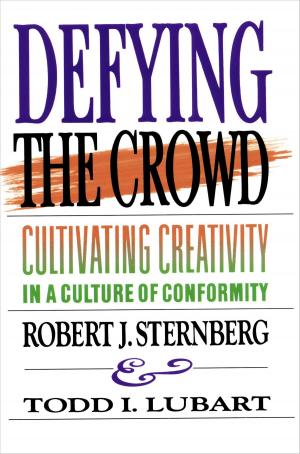EVOLUTIONARY ASPECTS OF DISEASE AVOIDANCE The Role of Disease in the Development of Complex Society
Nonfiction, Health & Well Being, Health, Ailments & Diseases, Psychology| Author: | Niccolo Caldararo | ISBN: | 9781465795946 |
| Publisher: | Niccolo Caldararo | Publication: | February 23, 2012 |
| Imprint: | Smashwords Edition | Language: | English |
| Author: | Niccolo Caldararo |
| ISBN: | 9781465795946 |
| Publisher: | Niccolo Caldararo |
| Publication: | February 23, 2012 |
| Imprint: | Smashwords Edition |
| Language: | English |
Avoiding disease certainly has value to the individual in escaping pain, suffering and death. It would seem obvious that mechanisms would evolve to enhance the ability of an individual to recognize and avoid contact leading to infection or exposure to infection. Social animals especially display evidence of behavior that avoid or limit disease and death, as in the grouped behavior of the water flea Daphnia where grouped animals give off more carbon dioxide than single ones and this extra CO2 can neutralize some toxic substances in the water (Allee, 1938). It is clear from animal research in the wild and captivity that behavior can play a significant role in infection and the spread of disease and the production of mortality (Loehle, 1995). Such behavior would then have a selective role to play in evolution. Hart (1988, 1990) has documented a variety of behaviors that can be described as sanitary, preventing the spread of infection among animals. Mary Douglas (1966) found that in studying the varieties of human religious practice, pollution and danger were often associated with a positive effort to organize the environment. She also found that “…pollution has indeed much to do with morals.”
Avoiding disease certainly has value to the individual in escaping pain, suffering and death. It would seem obvious that mechanisms would evolve to enhance the ability of an individual to recognize and avoid contact leading to infection or exposure to infection. Social animals especially display evidence of behavior that avoid or limit disease and death, as in the grouped behavior of the water flea Daphnia where grouped animals give off more carbon dioxide than single ones and this extra CO2 can neutralize some toxic substances in the water (Allee, 1938). It is clear from animal research in the wild and captivity that behavior can play a significant role in infection and the spread of disease and the production of mortality (Loehle, 1995). Such behavior would then have a selective role to play in evolution. Hart (1988, 1990) has documented a variety of behaviors that can be described as sanitary, preventing the spread of infection among animals. Mary Douglas (1966) found that in studying the varieties of human religious practice, pollution and danger were often associated with a positive effort to organize the environment. She also found that “…pollution has indeed much to do with morals.”















